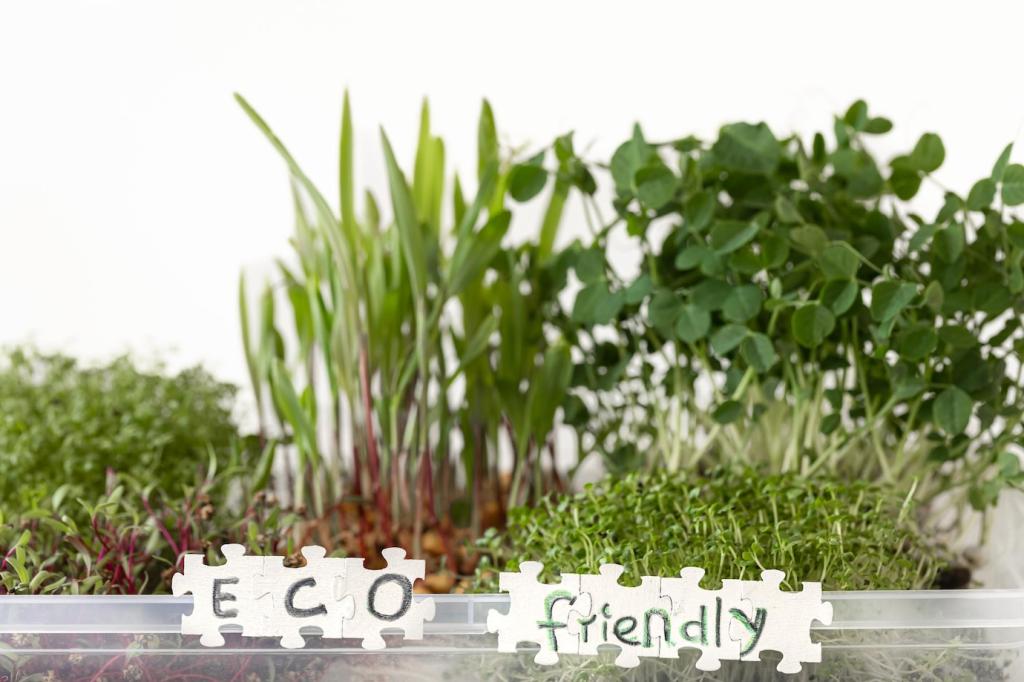Start a Community Microforest
Look for underused verges, school edges, church lawns, or vacant corners. Approach land stewards early, and invite local nonprofits, parks departments, and nearby businesses. Shared ownership from day one helps secure permissions, donations, and volunteers who will return for vital care days.
Start a Community Microforest
Co-create a planting plan with neighbors and ecological advisors. Consider sun, wind, utilities, and sightlines for safety. Sketch layered zones, choose tough native species, and add modest paths or a viewing nook so residents can interact with the forest without trampling young roots.
Start a Community Microforest
Small grants, crowd-funding, and in-kind donations can cover trees, mulch, and tools. Clarify maintenance commitments in writing, especially watering schedules. Keep momentum by sharing progress updates, posting planting-day signups, and inviting schools or youth groups to adopt specific plots for stewardship.
Start a Community Microforest
Lorem ipsum dolor sit amet, consectetur adipiscing elit. Ut elit tellus, luctus nec ullamcorper mattis, pulvinar dapibus leo.


